Ramen at Naru
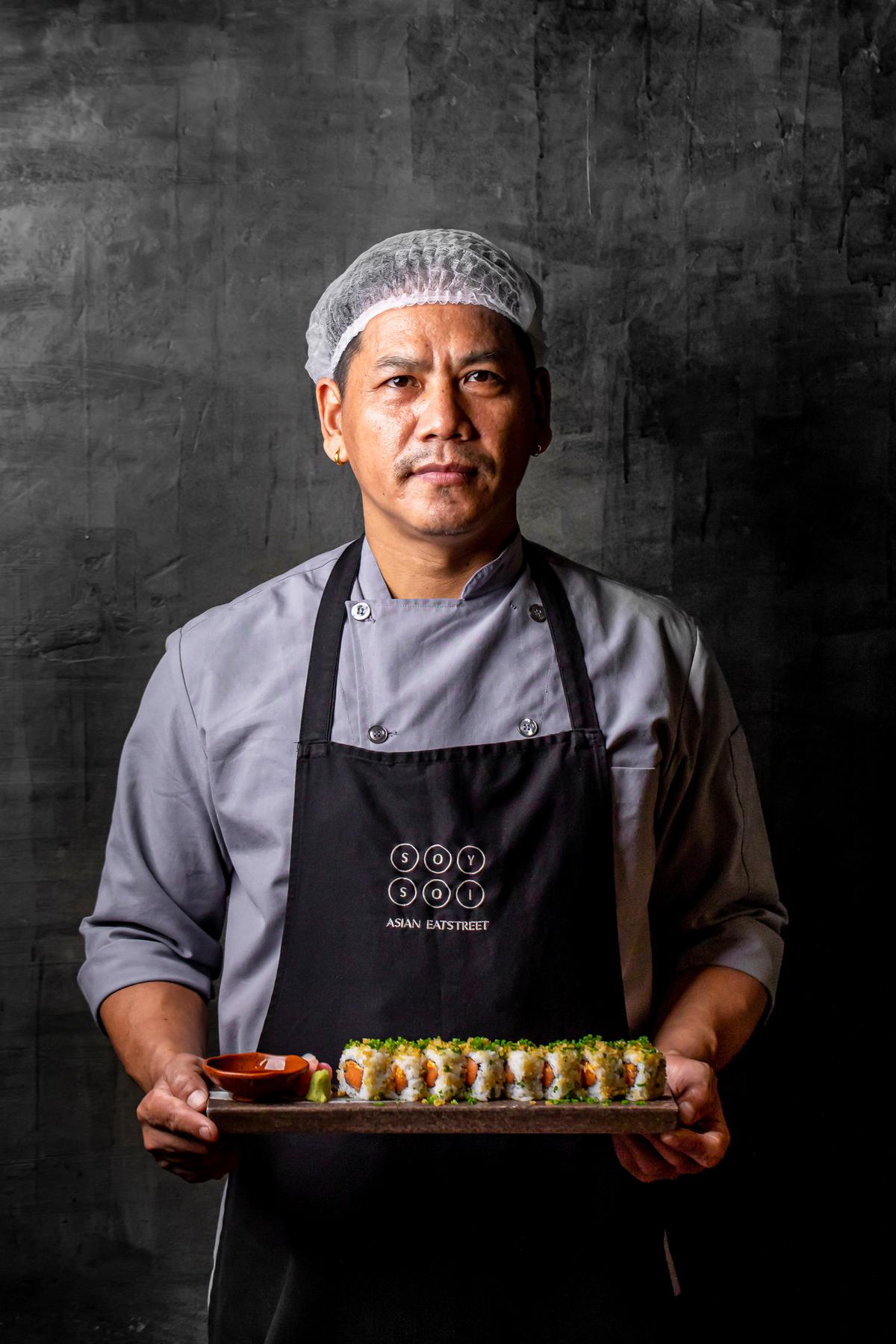
Soy Soi
When Colin Dsouza, founder, Teri Maki Sushi in Mangaluru started his cloud kitchen in 2020, he wanted everybody to try sushi. About 70% of Dsouza’s customers in this small coastal town tried their first sushi with his brand.
For the many sushi first-timers, he introduced a ghee roast maki roll in chicken and paneer versions, both popular local dishes. “Sales skyrocketed and many have since graduated to trying salmon, tuna and more. We served 1,000 customers in our first year and almost 3,000 in our third. This August, we will launch a private dining room with a live sushi station and a Japanese dessert counter,” says Colin.
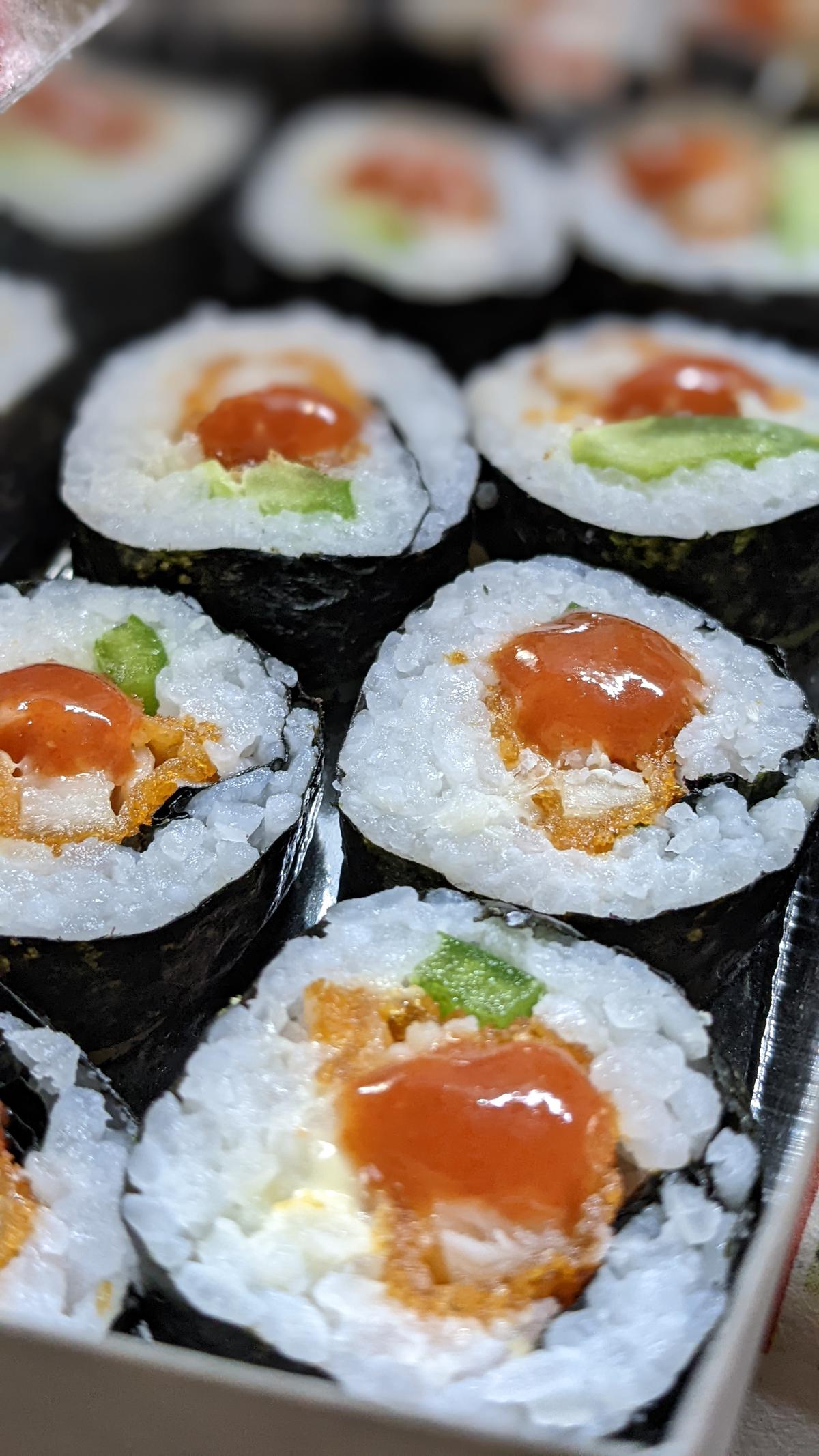
Teri Maki Sushi offers ghee roast maki roll in chicken and paneer versions
Japanese cuisine is not new to India. Increased travel, social media, and curiosity have contributed to a heightened interest in it. Additionally, the impact that Anime series have had, most of which have a strong focus on food, has led to younger diners exploring popular Japanese dishes in recent years. No surprise then that restaurateurs and chefs are finding innovative ways to make the cuisine more accessible to diners and dispel misconceived notions.
The first such notion is that sushi and Japanese food are expensive. Harry Hakuei Kosato, founder – Sushi and More, Mumbai says, “Japanese food may come across as elitist, but it is not. Sushi was street food when it started in Edo (today’s Tokyo). I wanted to share my experience of affordable sushi with Indians so I started Sushi and More in 2011 as a cloud kitchen with home delivery”.
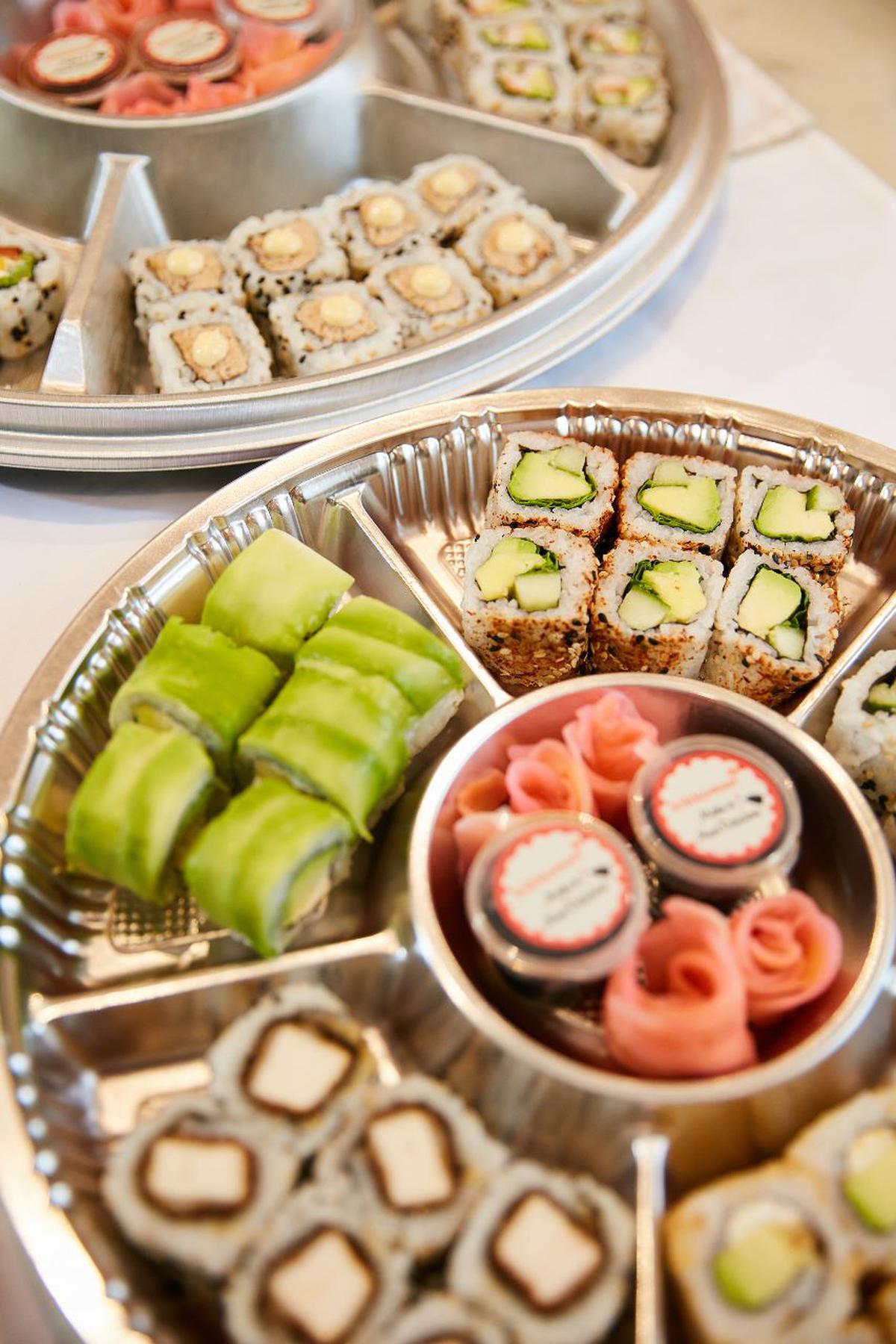
Sushi and More’s colourful platter
Harry today offers eight pieces each of Kappa Maki (Cucumber) and Prawn Tempura rolls at ₹290 and ₹450 respectively. He remains true to Japanese flavours and works around the Indian palate and seasonality. “Vegetarian options do exist. The Jain market was new for us and we worked on options. We add a little kick to our food with seven spice or shichimi powder or by adding Thai sriracha sauce. Recently we did a mango nigiri bursting with umami flavours,” he adds.
Today, Sushi and More sells 1,20,000 meals of sushi annually and aims to open 200 stores across India.
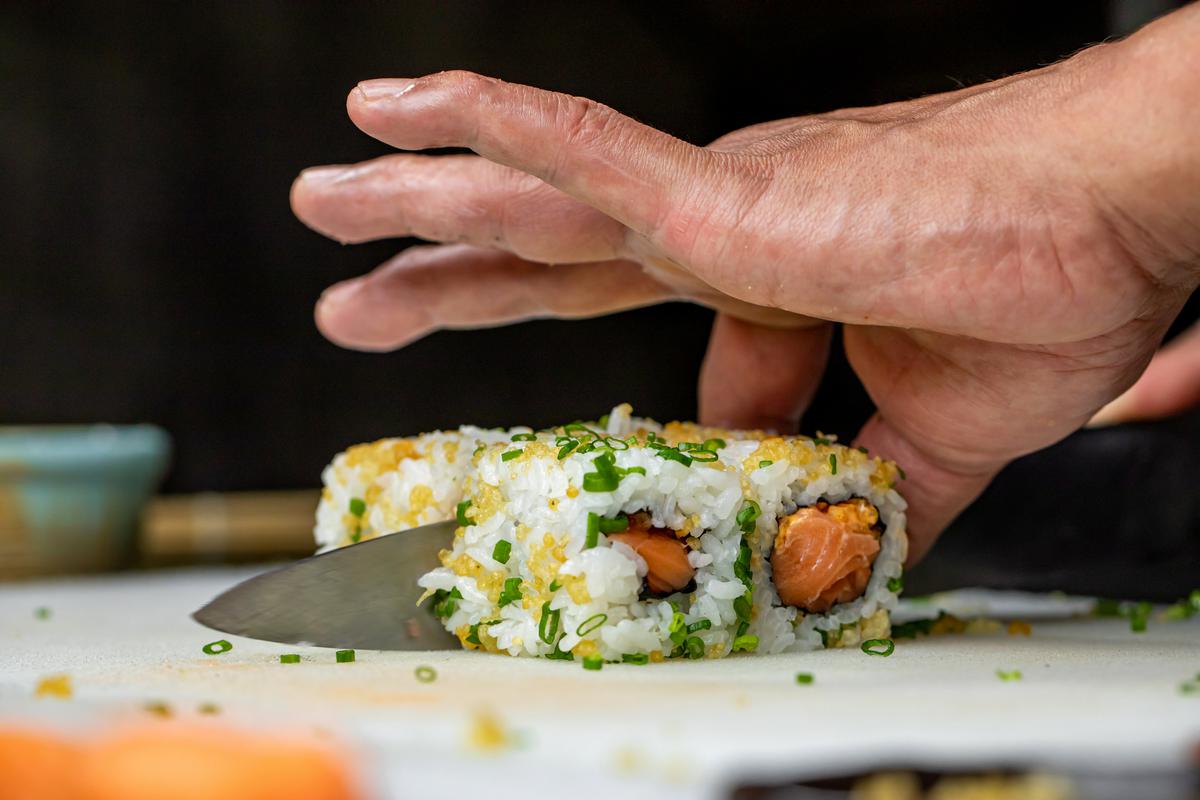
Soy Soi serves popular street food from South East Asia
When Soy Soi – Asian Eat Street opened in Chennai in 2018, the city already had authentic Japanese restaurants catering to its sizeable Japanese and Korean community. “This helped Chennaites explore the cuisine futher, and soon standalone restaurants like Fuji, Oyama and Hokkaido became popular haunts. We took popular street food from South East Asia and what better than sushi and ramen to represent Japan,” says Chef Peter Tseng, culinary director, Soy Soi. He adds that menu offers a mix of classics and new-age dishes: classic hoso maki for instance, as well as innovative dragon maki. For ramen, a tonkatsu and shoyu share space with a kimchi ramen that blends Korean flavours with Japanese technique.
“Many people associate a fishy scent and pungent wasabi with ramen and sushi. To break this stereotyping we encourage our wait staff to suggest options that are not overpowering. Diners are more comfortable with familiar ingredients than those they are unsure of like raw salmon, eel or tobiko,” says Peter adding that today sushi sales alone account for about 13-15% of total revenue across his two outlets in Chennai and Delhi. This is a growth of five to eight percent from the year sushi was introduced on the menu.
That the cuisine is seafood and meat-centric is a notion that Amit Gupta, founder, Bento B, a vegetarian Japanese restaurant in Ahmedabad has been able to dispel. “That said, we found some dishes, despite being vegetarian, did not work — a wakame salad with seaweed can be an acquired taste. Natto, where the okra retains its slimy texture did not work,” says Amit.
He says guests loved their ramens, vegetarian miso broths, tofu agedashi (golden fried silken tofu) hiyayakko (cold tofu) and goma (black sesame) ice cream, etc. Then adds, “About 70 to 80% of our vegetarian diners had never tried Japanese food before, and now they have. We did not want to Indianise, so instead we chose dishes that suited the Indian palate”.
Amit says that some of his customers return every week and he has seen his clientele grow from children and college-goers to their parents coming in for a meal now. He plans to open branches in Mumbai, Pune and Bengaluru.
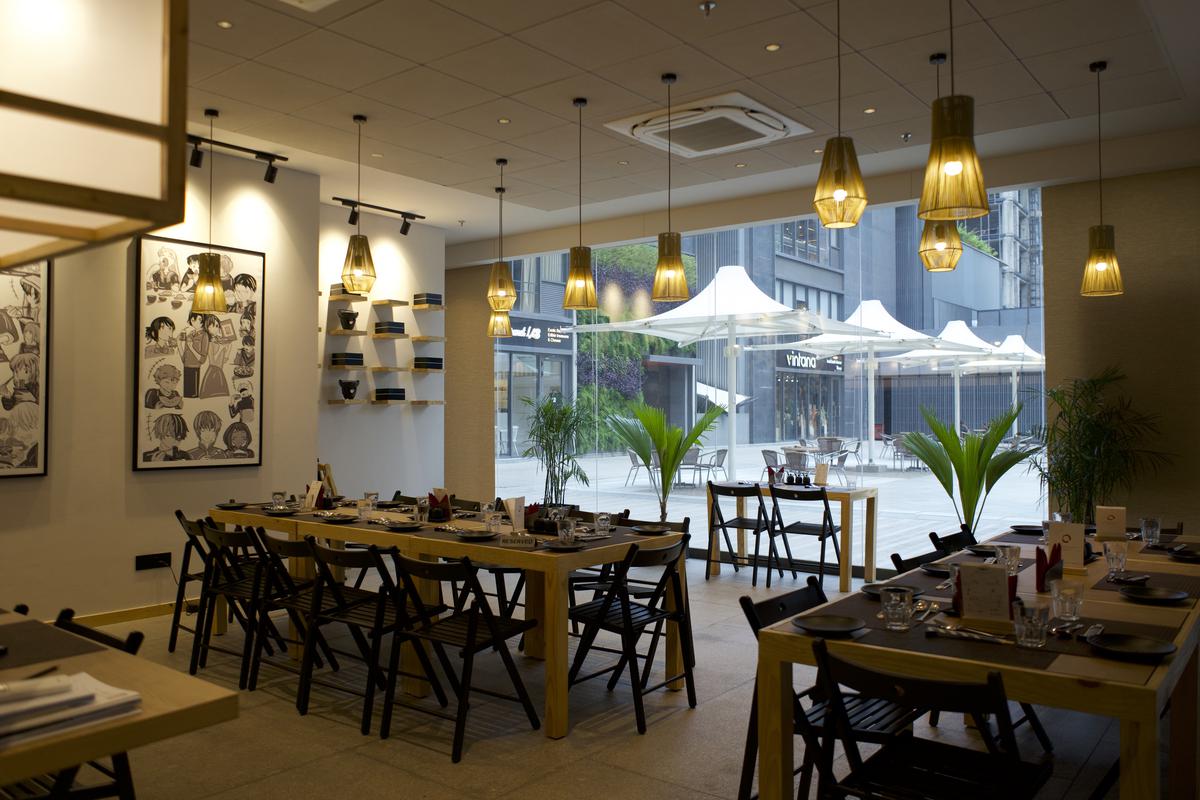
Bento B a vegetarian Japanese restaurant in Ahmedabad
While Amit chose the vegetarian Japanese route, Chef-founder of Naru Noodle Bar, Bengaluru, Kavan Kuttappa focussed on ramen with his popular eight-seater ramen bar.
History tells us that the Japanese kare morphed from the Indian curry, having evolved into many accessible and familiar ways like the Maggi noodles flavouring powder. “The curry paste for my curry ramen comes from Japan and I realised, much to my initial dislike at the comparison, that it was close to Maggi and therefore relatable. So craft ramen, how it is served and the eating etiquette may be alien to people but, the dish is not. At Naru, we make a craft version — it’s like the difference in flavours between an instant coffee and a pour-over!” explains Kavan.
Since he opened doors in August 2022, Naru’s return clientele is about 35% of bookings each month. “We are a consumer market and want to make it easy to get your first ramen. We do half portions, which you will not see in Japan. We don’t Indianise but tweak for the Indian palate. For example, some tonkatsu ramen (creamy pork bone broth) require pork head to be added but that is an intense flavour. I tweaked my initial recipe down to a medium intensity because it works better here” adds Kavan.
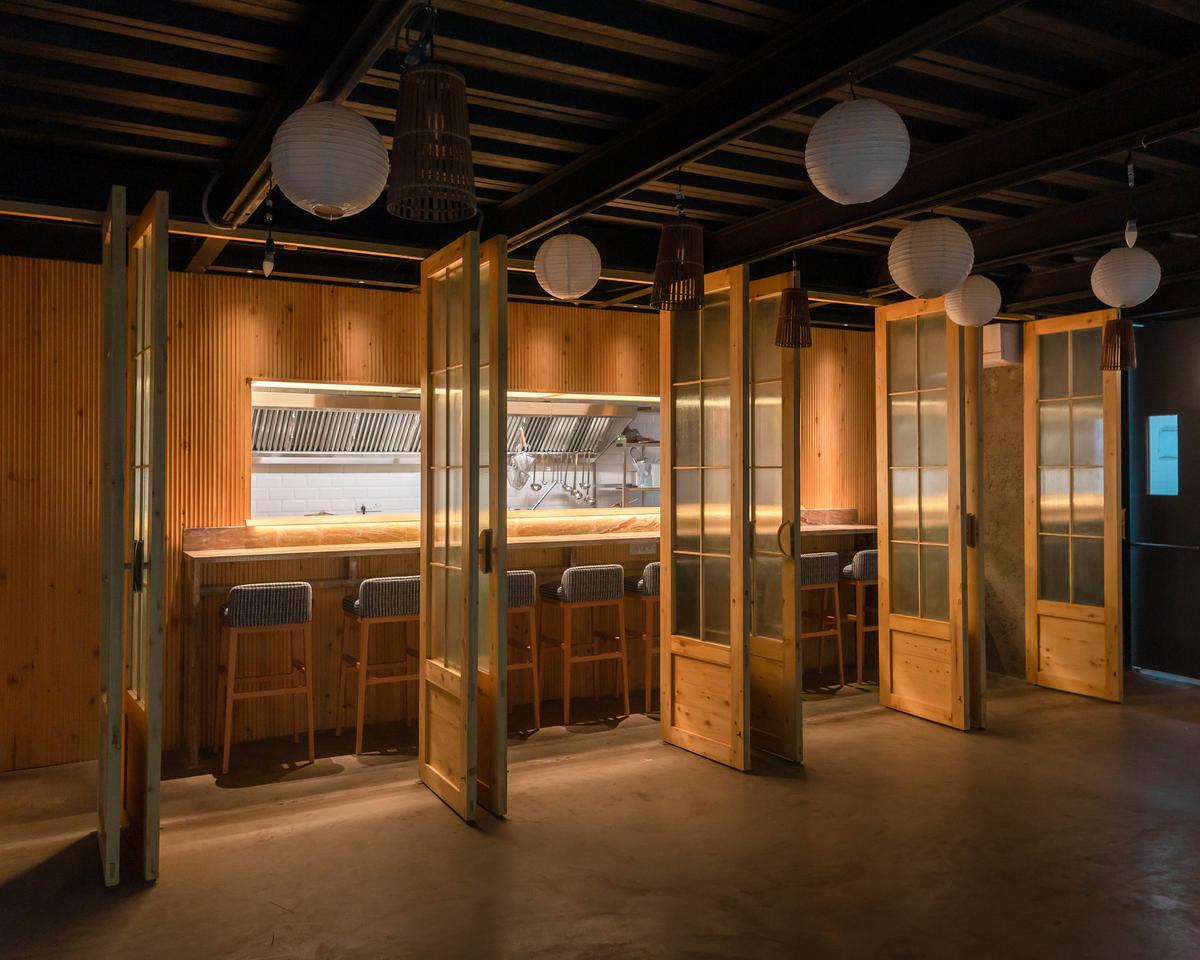
The interiors at the eight-seater Naru Noodle Bar
Also wanting to give his diners what works best without compromising on flavours or authenticity, founder of Saiko Sushi House, Siddharth Raj took carpaccios, sandos, katsus and tatakis off his menu at his 14-seater in Bengaluru and an eight-seater in Jubilee Hills, Hyderabad. Instead, he introduced an omakase (translating to ‘I leave it up to you’) menu which focusses more on incorporating seafood and chicken into a Japanese meal experience as a segue into other classic dishes. Before opening his outlets, Siddharth began his brand as a sushi delivery service.
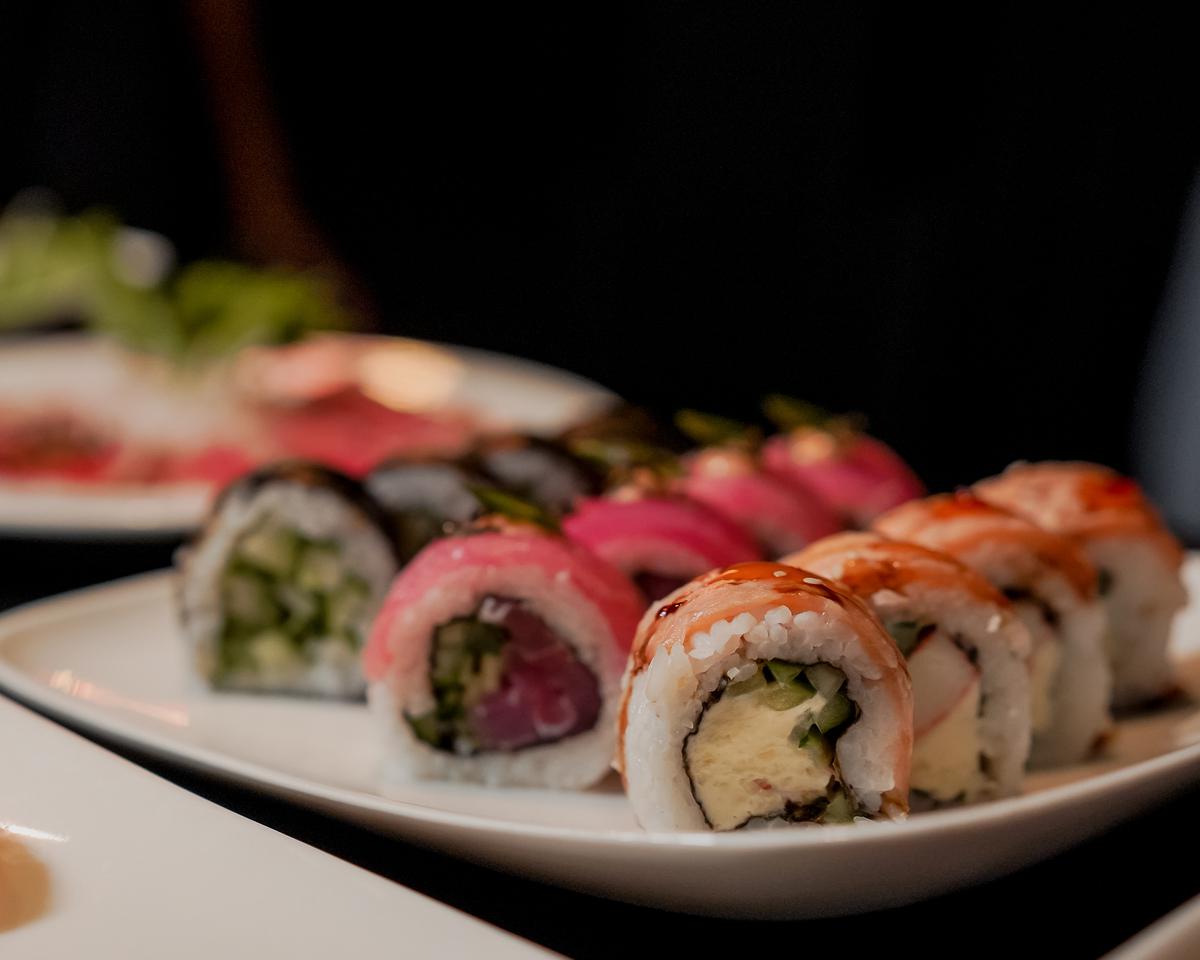
Saiko Sushi
“The Philadelphia roll with cream cheese was named after the city. So was the California roll. So we created what we felt was close to a city. We had rolls like the Bombay Times roll, which is fried and looks like a vada pav. There was also the Idukki Gold which had coconut symbolising Kerala, the Baga Roll with Prawns for Goa etc. The idea was to simplify Japanese food for people and make it pocket-friendly while introducing the cuisine” says Siddharth.
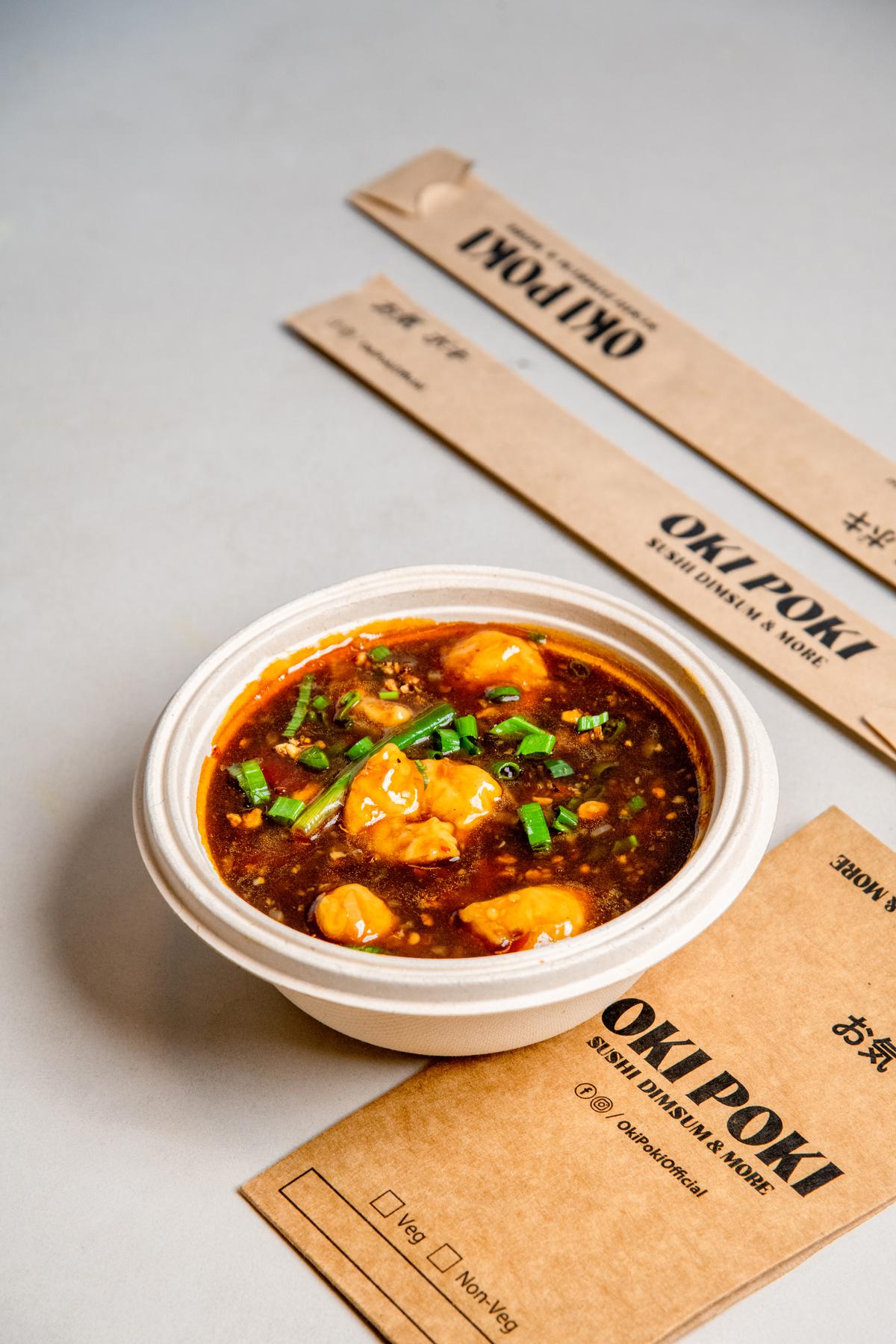
Oki Poki
Non-messy, hassle-free sushi, dim sums, ramen and more in a home delivery format has been the model for Azure Hospitality’s Oki Poki across its nine outlets, including Chennai. “The trend is changing and consumers are looking for quality products and service and are willing to spend. We are constantly adding to our menu owing to demand, especially from customers who are well-travelled across East Asian countries and are seeking variety,” says co-founder and director, Rahul Khanna, adding that his customer base has grown by 30-35%.
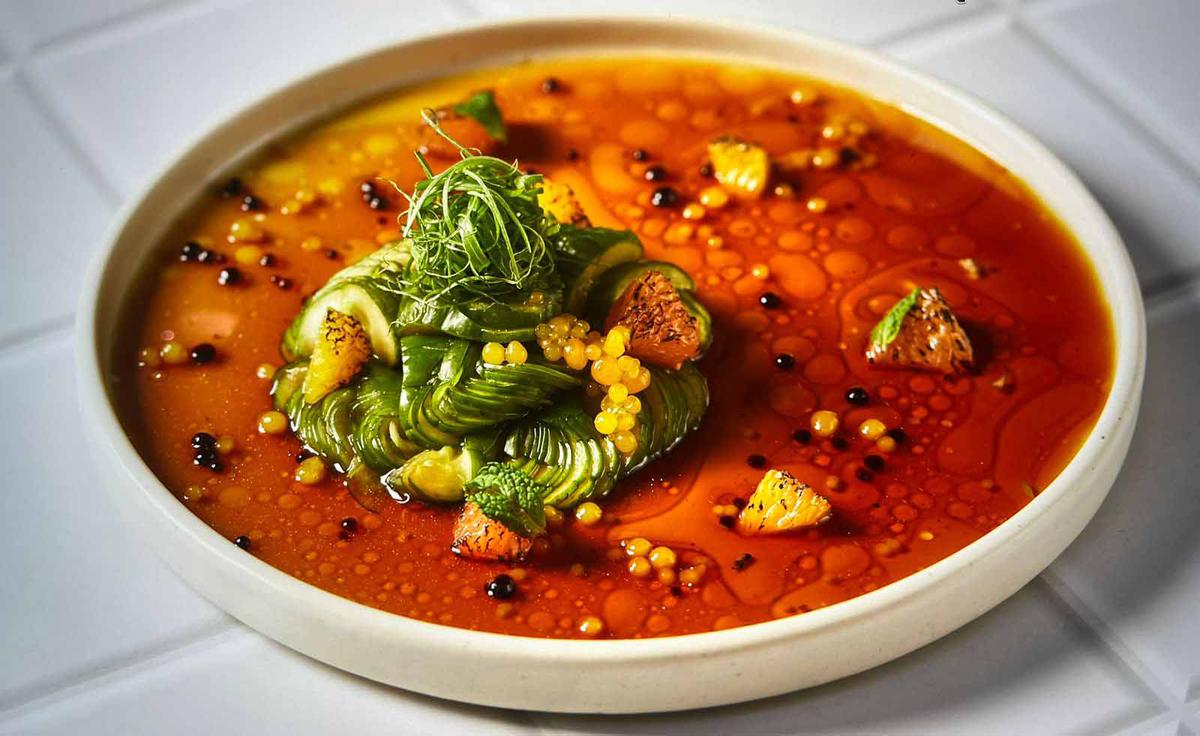
Roboto serves street food from Japan and Korea
Roboto in Goa, on the other hand, does not serve sushi or sashimi but focusses more on street food from Japan and Korea. “We use high-quality fresh ingredients sourced from suppliers in India, which helps keep costs realistic and the pricing of our dishes (and drinks) approachable. We believe in retaining traditional flavours of dishes,” says Parth Timbadia, director, Perhaps Food. “We get many international travellers looking for good, approachable Japanese and Korean food. Our diners range from six to seven years up to senior citizens. We have Goan residents and guests from across India too,” he adds, reiterating the popularity of Japanese cuisine today.